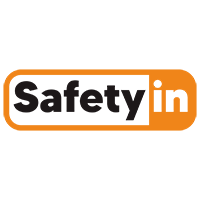From fabric to finished product, it is mainly divided into two parts: fabric inspection and finished product inspection.
· Fabric inspection:
Fabric width inspection
Ensure that the main fabric used for making vests is not damaged.
Fabric appearance inspection
Ensure that the fabric is free of stains, defects, and other issues.
Fabric color coordinate detection
To ensure that the vest is clearly visible at all times, it is important to ensure that its staining is uniform and meets the standards.

Fabric fluorescence detection
Fabric weight inspectio
Different styles use different fabric densities, but they all need to meet corresponding standards.
Reflective strip brightness detection
Although the standards for Type P and Type R are not consistent, the requirements for reflective brightness are consistent. The reflective intensity should not be less than 100cd/(lx · m2), and the high reflective intensity should be above 330cd/(lx · m2).

·Finished product inspection:
Washing detection
Detecting stitching and edging
Inspect the appearance of the finished vest
Seal with a qualified seal

Final storage
